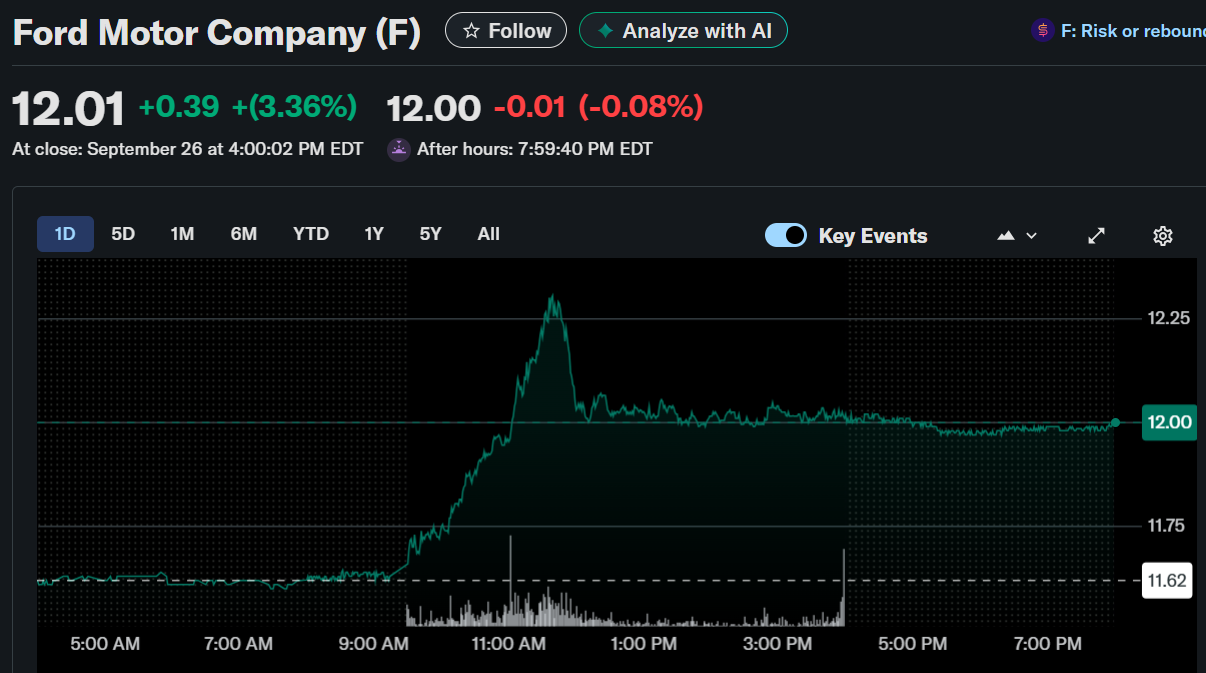
The current surge in crypto treasury companies is reminiscent of the dotcom boom of the late 1990s, a period marked by excessive investor speculation on emerging technological innovations. According to Ray Youssef, founder of peer-to-peer lending platform NoOnes app, the exuberance surrounding blockchain and decentralized finance (DeFi) echoes the frenzy that led to the dotcom bust, which wiped out nearly 80% of stocks during that era.
The same psychological traits—fueled by the promise of future Web3 revolution and institutional adoption—continue to drive crypto markets today. Youssef notes, “Dotcoms were driven by innovation but also attracted enthusiasts, opportunists, and dreamers, because bold visions are easy to sell to the mass market.” Now, the narrative is centered on a broader embrace of cryptocurrency, DeFi, and NFT ecosystems, with institutions actively entering the space.
He warns that many crypto treasury firms are likely to collapse, be forced to sell their holdings at a loss, and contribute to the next crypto bear market. Nonetheless, he suggests that a few firms with prudent strategies will survive, continuing to accumulate discounted digital assets, positioning themselves for potential future gains.
Crypto treasury firms have garnered significant attention amid the current market cycle, seen by many as proof that cryptocurrency has matured into a recognized financial asset class. Governments and corporations are increasingly engaging with digital assets, further cementing crypto’s evolving role in the global financial ecosystem.
Related: Crypto markets are down, but corporate proxies fare far worse
Managing Risks: Strategies for Crypto Treasury Companies to Survive Market Fluctuations
Despite the risks, responsible management can help crypto treasury companies navigate downturns and even thrive amid market volatility. Implementing sound treasury practices, such as reducing debt exposure, enhances financial resilience. Companies that issue equity instead of debt tend to have a better chance of weathering tough times, as shareholders’ legal rights differ from those of creditors.
For companies borrowing to fund crypto acquisitions, structuring debt with maturity periods aligned to crypto market cycles is critical. For instance, knowing that Bitcoin tends to operate on four-year cycles, borrowing with a five-year maturity can help avoid repayment during price depressions.
Additionally, it’s advisable for companies to focus on supply-capped cryptocurrencies and blue-chip digital assets—those with proven track records of recovery across market cycles—rather than speculative altcoins, which may lose vast portions of their value or fail to recover altogether.
Finally, firms with diversified revenue streams and operational businesses are better positioned than those solely holding crypto assets. Revenue-generating operational business models provide more stability, reducing dependency on volatile crypto markets and enhancing long-term resilience.
Magazine: How Ethereum treasury companies could spark ‘DeFi Summer 2.0’
This article was originally published as Crypto Treasury Stories Reflect Dotcom Bubble Mindset on Crypto Breaking News – your trusted source for crypto news, Bitcoin news, and blockchain updates.


 1 hour ago
4
1 hour ago
4 










 Bengali (Bangladesh) ·
Bengali (Bangladesh) ·  English (United States) ·
English (United States) ·